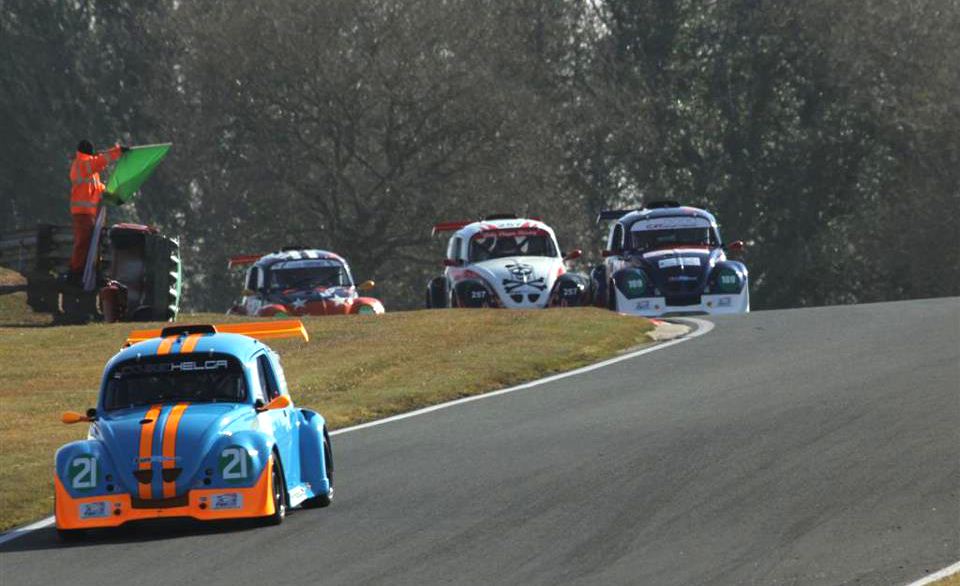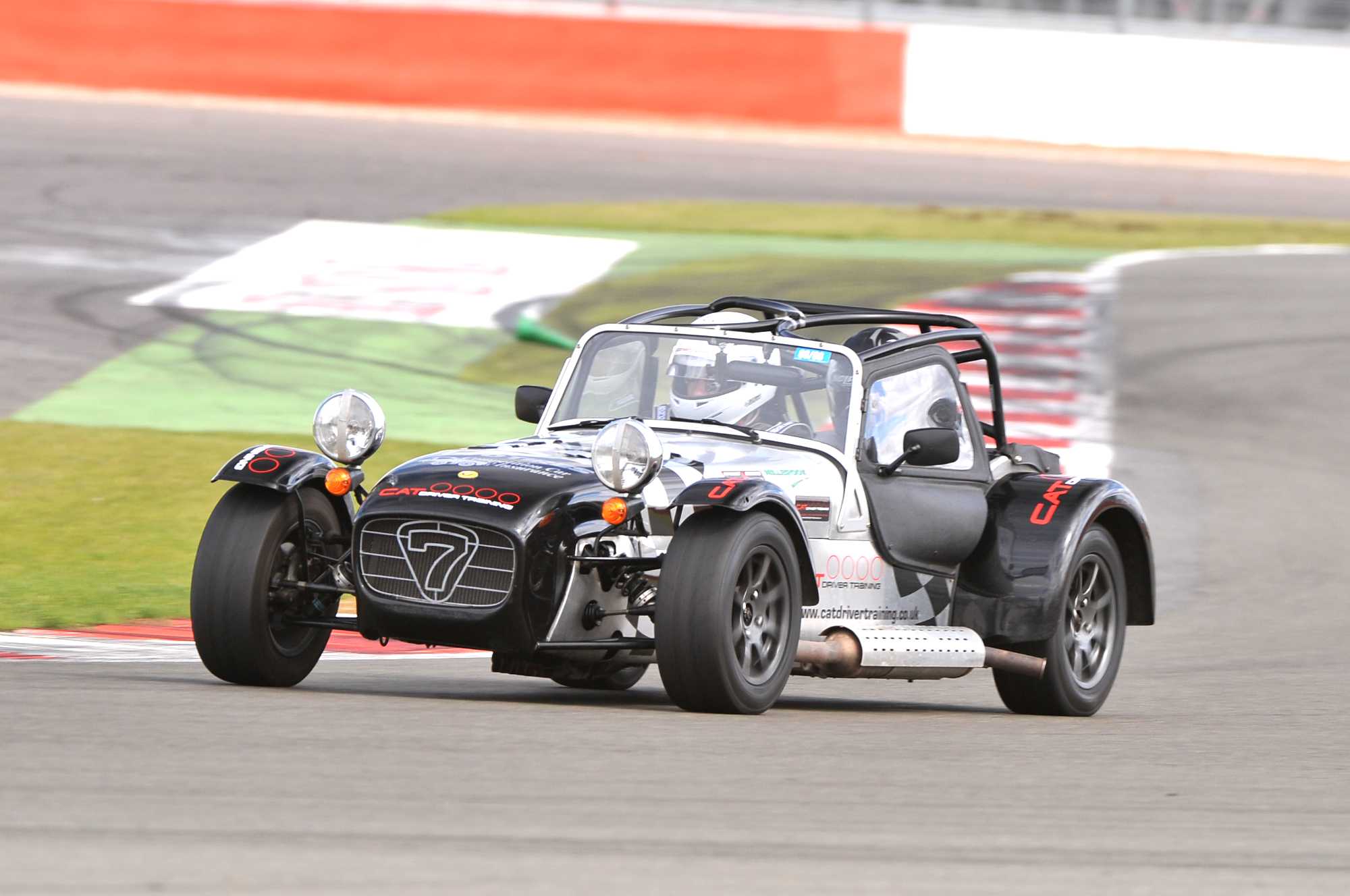

Posted: December 2, 2024 Read time: 5 mins
If you’re a fan of any kind of motorsport (which I imagine you probably are if you’re reading this), you’ll no doubt have noticed the amazing, almost robotic consistency by which a driver can deliver a lap time during a race. Lap after lap they are seen to post times that are tenths, hundredths, sometimes even thousandths of a second apart. Often the car is racing at about 95% of its ability in a bid to conserve fuel or tyre wear but the laps are nonetheless, far quicker than any ordinary driver could ever possibly deliver. What’s more, it all seems fairly effortless - so how do they do it? The key lies in practice and the art of repetition.
We all know the saying practice makes perfect, but I prefer a much more accurate version – practice makes permanent. Why? Well to understand that you have to understand how a memory is created. When your brain starts to learn something new, it actually creates new neural pathways to accommodate the information.
It does this by enacting strong chemical interactions at the synapse of your neuron (where neurons connect to other neurons). Repetition strengthens the bonds between these neurons, enabling the passage of information between them to happen much more effectively, and like a well-trodden path through a forest, once you’re on it, you’re unlikely to stray off it without good reason. In fact, once you’re on it, it’s unlikely you’ll even think about the path at all. You’ll just follow it to its destination whilst focusing on other things like having a conversation with your other half or making sure your children don’t get into any trouble.
Much like the forest path, your brain’s neurological paths become well-trodden through repetition. That means, the more you do something, the less brain power you’ll need to achieve the same result. In the case of a racing driver, the result is that lightning-fast lap times can be produced with relative ease, leaving more of the brain’s energy to focus on reacting and benefitting from the unfolding events of the race itself. Learning through repetition then is a very useful strategy to choose if you want to be an effective racing driver, or even if you want to consistently deliver strong lap times on a track day whilst minimising the risk to yourself and your vehicle.

The problem is though, the brain isn’t limited to learning “good things” through repetition. It will take any action you do more than a handful of times as a learned process. The more you do it, the more ingrained into your brain that process becomes and the harder it will be to “move away from the well-trodden forest path” and try an alternative.
We see this every day in our own driving and the driving of others. Driving too close behind the vehicle in front is probably one of the most obvious behaviours associated with repetitive learning. If you fall into this category and try to change your behaviour, all kinds of processes in your brain will come to light telling you that you’re leaving far too great a gap and you need to close it again. And remember, once your brain has learnt a skill, however good or bad, it needs less energy to deliver that behaviour. That’s why you’ll need to work doubly hard to overwrite your bad habits with good ones.
About a year ago we wrote a blog entitled “Bringing Discipline and Control into Your Driver Skill Set”. If your ambition is to become a good track day driver or even racing driver, I would urge you to go and read this if you have not done so already. The key to learning positive driver skills through repetition is without a doubt, to exercise discipline. Rather than trying to go all out to deliver that magic lap every time, use your track days to slowly bring up your speed, lap after lap focusing on your RPM, your braking distances, your entry and exit points at corners.
Learn from each lap and when you feel you have reached grip limit at a particular corner, don’t continue to push for more. Maintain consistency and focus your efforts on improving another part of the lap. There will always be a little red devil sitting on your shoulder telling you, you can go faster. Your job is to ignore it. Exercise discipline and you will become a better driver because of it.

Here’s a challenge I would like to set you... Have a think about your own day-to-day driving style. Are there bad habits that, with discipline you could eliminate? Don’t try to solve them all in one go, but why not focus on eliminating just one? It won’t be easy and will require dogged determination, but you will become a better driver because of it. I would love to hear about your battles to improve and the effect that an improved set of skills has brought to you.
Of course, if you would like help to eliminate your bad habits, it doesn’t matter whether you’re a hardened commuter or a race day professional, we’re here to help so why not give us a call today on 01234 757 633.
Call: 01234 757 633
Email: info@catdrivertraining.co.uk
CAT Driver Training is the fast way to develop & improve authentic dynamic driving skill, technique & knowledge from the Best. OEM recognised driver training for individuals & the motor industry. As the leading UK based independent advanced performance driving skills company, we exist to make your driving experience even better. Explore your cars potential, fulfill your own. Coaching advanced road & track skills, safety driver training courses for individual driving enthusiasts & advanced driving for all facets of the motor industry. The only training company resident within UTAC's Millbrook Proving Ground in Bedfordshire, within easy reach of London, & all surrounding counties: Hertfordshire; Buckinghamshire; Oxfordshire; Nottinghamshire; Cambridgeshire; Norfolk; Suffolk; Essex; & Surrey. Clients travel from the World over & the UK to learn from the authentic evidence based dynamic driving & vehicle dynamic experts. | All Rights Reserved | Copyright 2005 – 2025
Some of the links we use are affiliate links. This means that, at no cost to you, CAT will earn an affiliate commission if you click through the link and finalise a purchase.
Designed by WHP
Coded and built by Prominent Media